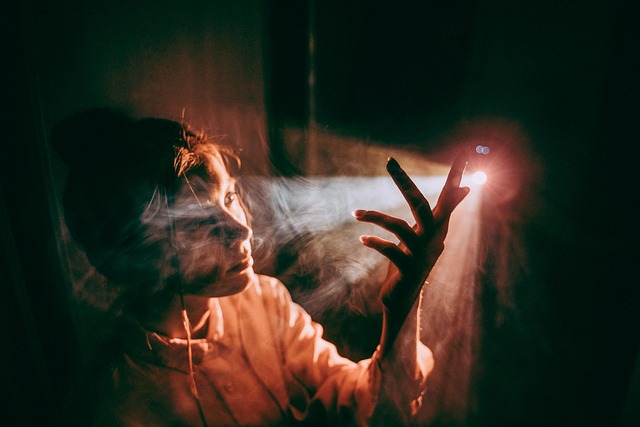As photographers, we often find ourselves drawn to the enchanting world of light and darkness. Shadows, in particular, hold a special fascination for us; they are the silent storytellers of our images, adding depth and emotion that mere brightness cannot convey. In this journey through the layers of shadows, we explore their potential as a powerful element in photography.
Every photograph captures a moment, yet shadows can transform that moment into a narrative. Consider the way a shadow stretches across a sunlit pavement or dances on a wall. Each silhouette is an invitation to the viewer’s imagination, prompting questions and evoking feelings. What lies behind that shadow? What story is it trying to tell? These are the layers we, as photographers, can peel back, revealing the subtleties that lie within.
The camera acts as a bridge between our vision and the reality of what is captured on sensor. With the right settings, we can manipulate optics to highlight shadows, enhancing their presence in our photographs. By adjusting the aperture and shutter speed, we can play with the intensity and angle of light, crafting a visual story that focuses on the interplay of light and shadow. The contrast created adds drama and an alluring mystery to our images.
When we look closely at the work of great photographers, we notice their masterful use of shadows. They have a gift for identifying how shadows interact with their subjects, whether it’s the soft cascade of shadows from a tree or the stark lines cast by urban architecture. This is where we, too, can find inspiration. Shadows can serve as leading lines, guiding the viewer’s eye through the composition and emphasizing key elements within the frame.
Incorporating shadows into our photography invites us to consider negative space as well. The areas devoid of light can enhance the focal points, drawing the viewer in and making the photograph more compelling. Utilizing shadows effectively encourages a dialogue between light and dark, challenging us to see beyond the obvious and appreciate the beauty found in contrast.
Moreover, shadows can be profoundly emotional. They can evoke nostalgia, solitude, and even drama, depending on their form and presence within the scene. A solitary figure cast in shadow can elicit feelings of loneliness or introspection, inviting the viewer to ponder the significance of the moment. As photographers, our ability to express these emotions through our craft is what makes our work resonate with others.
As technology advances, so do our tools for capturing shadows. Modern cameras equipped with sophisticated sensors can render shadows in breathtaking detail, allowing us to explore tones that were previously unattainable. This technological evolution opens new doors for artistic expression, enabling us to delve deeper into the world of shadows and their layered meanings.
Ultimately, the exploration of shadows in photography is not merely about what is seen but also about what is felt. Shadows can evoke a sense of mystery and depth, allowing each viewer to project their feelings and interpretations onto the image. This layer of personal connection is what makes photography such a powerful medium. By continuing to experiment with shadows, we embrace the complexity of visual storytelling, crafting images that inspire a sense of wonder and curiosity. So grab your camera, step outside, and begin your own journey through the play of shadows—discover the stories waiting to be told.



